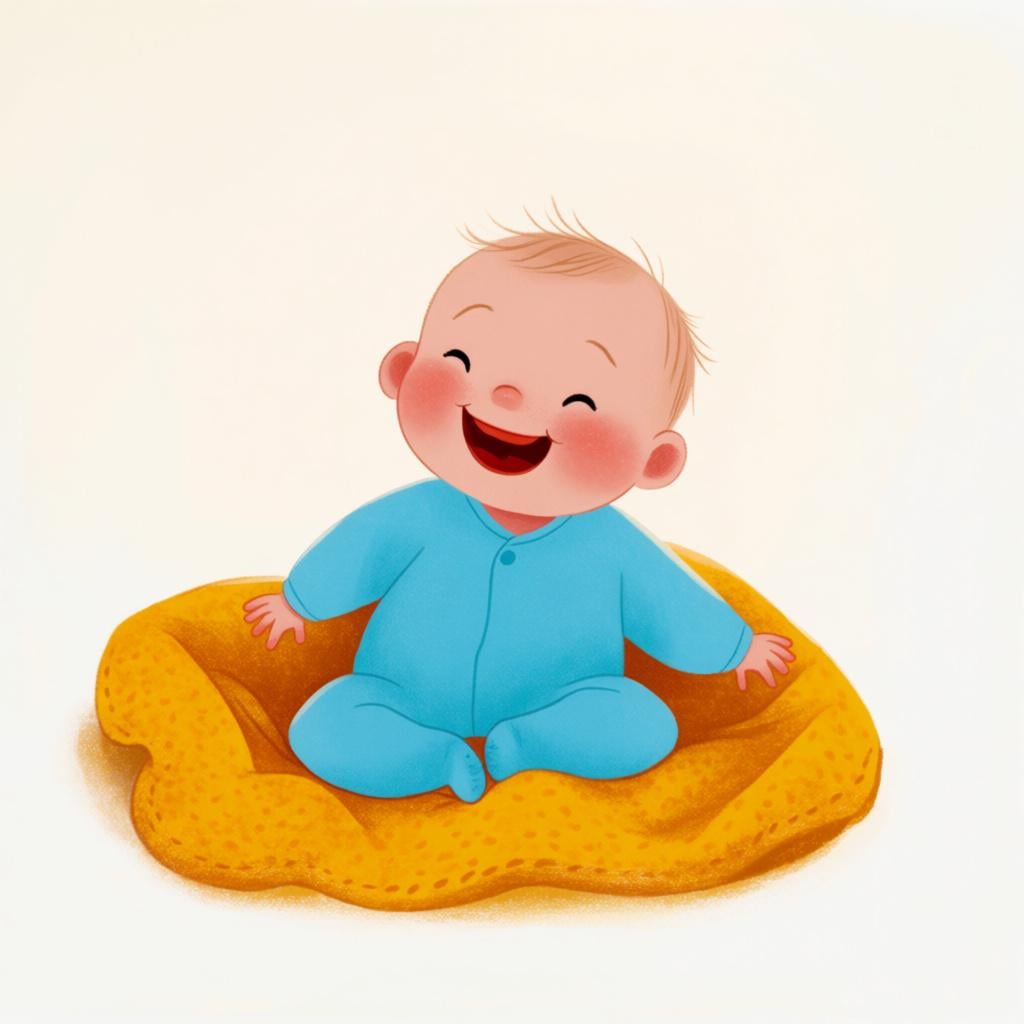
📝 In Action
El bebé está durmiendo en su cuna.
A1The baby is sleeping in his crib.
Mi hermana va a tener un bebé en mayo.
A1My sister is going to have a baby in May.
Compramos ropa nueva para el bebé.
A2We bought new clothes for the baby.
¡Qué bebé más adorable!
A2What an adorable baby!
💡 Grammar Points
A 'Masculine' Word for All Babies
In Spanish, the word 'bebé' is grammatically masculine. This means you always use 'el bebé' or 'un bebé', even if you are talking about a baby girl. It might feel strange at first, but it's the most common and correct way.
❌ Common Pitfalls
Using 'La Bebé'
Mistake: "Mi amiga tiene una bebé muy linda."
Correction: Mi amiga tiene un bebé muy lindo. Even though the baby is a girl ('linda'), the word 'bebé' itself stays masculine ('un', 'lindo'). You might hear native speakers say 'la bebé', but using 'el bebé' is always the safest and most standard option.
⭐ Usage Tips
Sounding More Natural
While 'bebé' is perfect, in casual conversation people often use 'nene' for a baby boy and 'nena' for a baby girl. Think of it like saying 'little one' in English.
✏️ Quick Practice
💡 Quick Quiz: bebé
Question 1 of 1
Your friend shows you a picture of his new baby daughter. What is the most correct and natural way to compliment her?
📚 More Resources
Frequently Asked Questions
Is it ever okay to say 'la bebé' for a baby girl?
You will definitely hear 'la bebé' in some regions, and its use is growing. It's not considered a major error in casual speech. However, the grammatically standard and universally accepted form is 'el bebé' for both boys and girls. If you're ever in doubt, using 'el bebé' is always the correct choice.
What's the difference between 'bebé' and the word 'bebe' without an accent?
The accent mark changes everything! 'Bebé' (accent on the last 'e') is the noun for 'baby'. 'Bebe' (no accent, stress on the first 'e') is a form of the verb 'beber' (to drink), meaning 'he/she/you (formal) drink'. For example, 'El bebé bebe leche' means 'The baby drinks milk'.